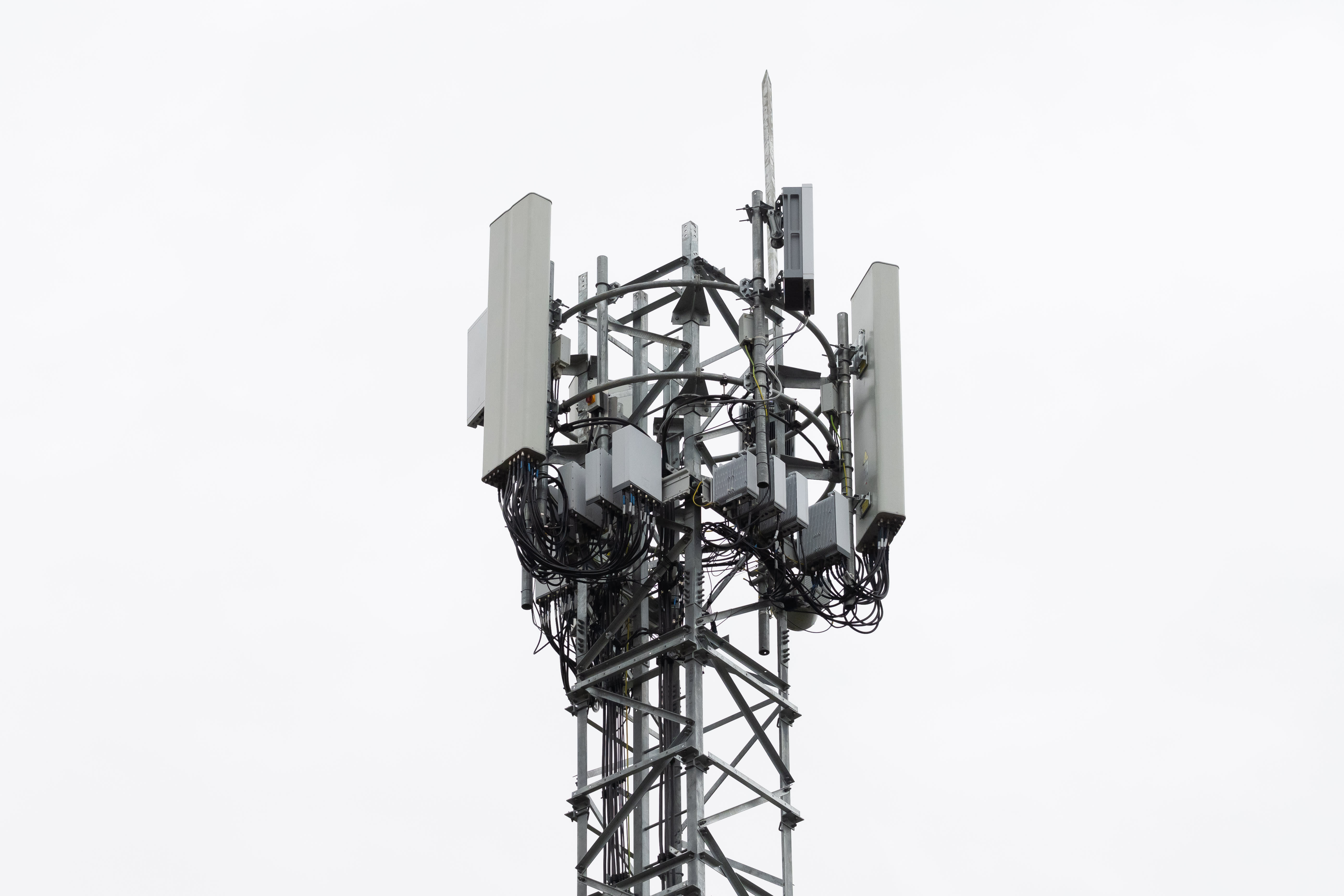If you've ever been through a town, you may have seen tiny mini 5G cell towers on street light poles. They look like small boxes however, they're actually transmitting wireless signals from cellular providers to your phone.
These smaller towers are replacing the larger built cell towers. Although they're not as visible however, they could create problems for those who live nearby.
A of the FCC's Radiation Exposure Thresholds
The FCC's Radiation Exposure Thresholds determine the maximum amount of time an individual can be exposed to electromagnetic energy generated by wireless devices. https://berger-wynn-3.blogbright.net/can-there-be-any-harm-through-5g-1679977194 are based upon scientific research which show that the energy of RF could be harmful to health.
The rate of absorption called the specific absorption rate (SAR) is a measure of the amount of radiofrequency energy absorbed by tissue. It is typically 1.6 watts per kilogram, averaged over one Gram of tissue.
Since 5g is able to transmit at higher frequencies and has the potential to cause greater energy intensity on the skin and other exposed body parts. This can lead to a wide range of potential harms, including exacerbated formation of skin disorders like dermatitis, cataracts and skin cancer.
Due to the possible severe effects of 5g radiation, PSU has chosen to establish a general, localized limits on power density, which is 4mW/cm2 based on the average across 1 centimeter, and never exceeding 30 minutes for the entire 5G spectrum at 3000 GHz. This limit for localization is in line with the peak SAR spatial-average of 1.6 W/kg, averaged over one g of tissue at 6 GHz.
The FCC's Maximum Exposure Thresholds
If you've ever used a mobile phone, you probably know that the safest range from the tower is at least 400 meters. This is because the transmitting power of a cell tower increases dramatically the further away you are from it.
While it sounds like something that's good but the truth is that people living in close proximity to towers may actually be more prone to health problems. For instance, a 2014 study in India discovered that those who lived within 50 meters of cell towers had significantly more health complaints than those living further away from the antennas.
But, the study found that people who moved to areas that were further from cell towers experienced their symptoms improve within a few days. Studies have also revealed that exposure to high levels of radiofrequency electromagnetic fields (EMFs) can lead to brain tumors, cancers, and other health problems.
This is due to the fact that radiofrequency radiation, which is used in wireless communications, may penetrate the human body's outer layer, which is the skin. This is important to understand since the skin serves as a shield against injuries caused by mechanical forces, infections caused by pathogenic microorganisms and entry of toxic substances. Additionally, faraday cage hats is the biggest organ of the human body. It is responsible for protecting other organs.
The FCC's Minimum Exposure Thresholds for the Minimum Exposure
The FCC's Minimum Exposition Thresholds depend on a variety of assumptions that aren't supported by evidence from science. This includes the false assumption that exposures of a short duration to RF radiation are safe because of the minimal penetration into the body (i.e., tissue heating).
The assumption is also ignoring the more extensive penetration of ELF components of modulated RF signals, as well as the effects of brief bursts of heat caused by RF pulses. These theories are not compatible with current knowledge of the biological effects of RF radiation. Therefore they should not be relied upon for health-protection exposure standards.

In addition to that, ICNIRP and FCC restrict their maximum limit of exposure to the local SARs, based on the peak spatial specific absorption rate (psSAR), which can be described as not a reliable dosimetric instrument for determining the level of radiation exposure. In faraday cage hat is inconclusive when frequencies exceed 6 GHz. Furthermore, psSAR has not been evaluated for RF radiation with co-exposure to other agents of the environment such as sunlight. In the event of interactions, RF radiations with different agents in the environment could cause synergistic or antagonistic results. This could result in the risk of having adverse health effects. For example, co-exposure to RF radiation and sunlight could raise the chance of developing skin cancer and exacerbate other skin conditions like acne.
